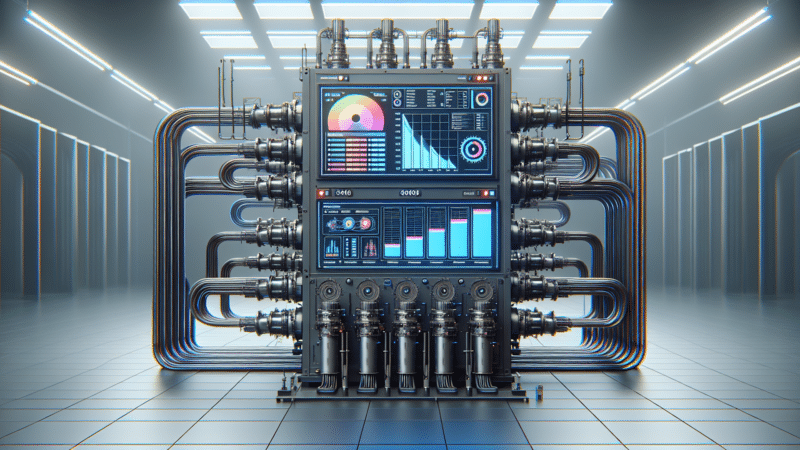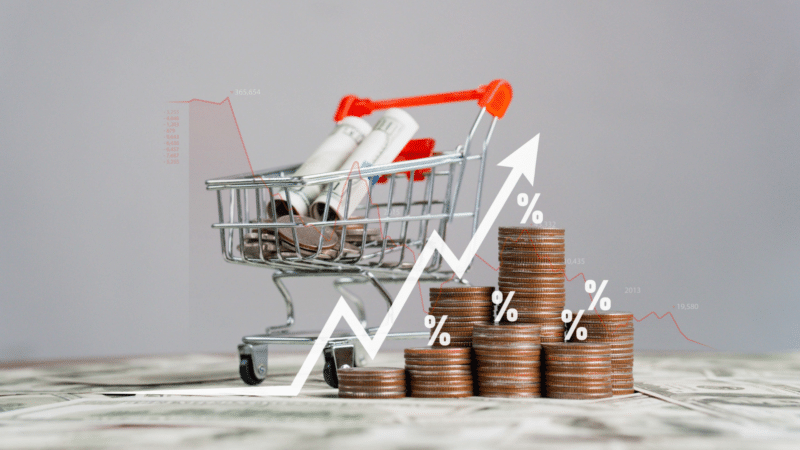
Autonomous robots function entirely autonomously, with no involvement of human beings. They can completely change how things are managed as they move, transport, and move. From warehouses and highway mines to deliveries at the end of the mile, autonomous robots are poised to transform the efficiency of sustainable supply chain security as well as sustainability, safety, and security.
Let’s look at how these technologies are employed to transform the structure of supply chains across different industries.
1. Autonomous Vehicles:
Self-driving cars and trucks can enhance the efficiency of supply chains in times of economic hardship and also ensure the security of drivers on the roads. They could aid supply chains in running more efficiently and ensuring that the products are effectively transported, particularly when there aren’t enough human drivers.
2. Drone Deliveries:
Drones are tiny flying machines that transport items from one location to another. They’re ideal for delivery over shorter distances. Drones can fly directly to the desired location and remove obstacles, thus maximizing the delivery route.
3. Optimized Delivery Routes:
It involves using technology to identify the most effective ways to get the products to their destination. Modern logistics technology can provide the best method of routing and transportation, as well as monitoring fuel consumption. Telematics IoT can cut down on fuel costs and be more eco-friendly. Software and tools are developed to assist companies in determining the most efficient routes and using resources more efficiently.
4. Autonomous Freight Trains:
Freight trains are essential components of the supply chain in their journey to the world in a completely autonomous way. They offer a variety of advantages, such as greater efficiency and lower labor costs. While public perception and safety are the most important factors, machine learning and intelligence improvements suggest the possibility of fully autonomous freight train systems within the next few years.
5. Process Automation:
Technology for logistics has made massive technological advancements over the past few times that have transformed how supply chains are managed. Technology lets manufacturers select the most efficient methods of transportation as well as routes and also track the usage of fuel, which promotes sustainable growth. Automation, in addition to AI, increases the effectiveness of manufacturing and supply.
6. Additive Manufacturing:
“Additive Manufacturing” is a revolutionary method of producing using only minimal resources. It also permits an efficient utilization of materials, simplifies the manufacturing process, and reduces the amount of energy required and the amount of production waste.
7. Autonomous Supply Chain:
Autonomous robots are set to revolutionize Supply Chain Innovation in the future. Constructing an efficient supply chain with technology is becoming simpler as barriers to compliance with regulations are being eliminated. Delivery trucks, autonomous cars, and freight train systems are designed to improve security, sustainability, and efficiency in every aspect of the supply chain.
8. Environmental Impact:
By optimizing routes and reducing fuel use, autonomous systems can contribute to an environmentally sustainable supply chain. This is vital for achieving objectives for environmental sustainability and reducing emissions of operations in logistics.
9. Augmented Reality (AR):
AR overlays digital information into the real-world setting. This can be especially useful to guide warehouse workers through difficult tasks, like packing and picking up in real-time, providing instructions and other information.
10. Virtual Reality (VR):
VR gives immersive training experiences that let employees learn to perform tasks or operate machines in a virtual environment. This is especially useful when training is in hazardous environments or situations where hands-on instruction could be costly or not practical.
Conclusion
The integration of autonomous technology in supply chains is set to transform the supply chain across different sectors. The rise of drone delivery, autonomous vehicles optimization of routes, and the automation of processes is streamlining the process, increasing efficiency, and enhancing the security and safety in supply chains.
Visit www.onpassive.com for more tech-related blogs.







































































